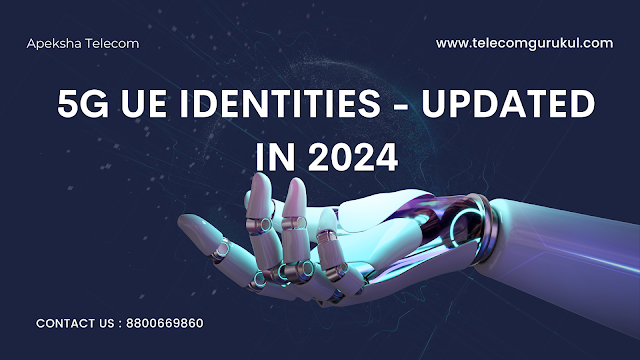5G RADIO NETWORK PLANNING PART-1 UPDATED IN 2024
INTRODUCTION TO RADIO NETWORK PLANNING Effective radio network planning is essential for optimizing the performance and coverage of modern wireless networks. This involves a meticulous process of selecting and configuring operating bands and channel frequencies. In 2024, significant updates have been made to the methodologies used in network planning to accommodate the evolving needs of 5G and beyond. This technical blog delves into the key aspects of operating bands, NR-ARFCN, and GSCN in the context of contemporary radio network planning. OPERATING BAND In many cases, there will be a one-to-one relationship between the: allocated spectrum and the operating band. In these cases, there is only a single operating band which can be selected. In some cases, operating bands overlap so multiple operating bands can be associated with a single spectrum allocation. For example, a TDD spectrum allocation from 3300 to 3400 MHz can be associated with operating band n77 (3300 to 4200 MH...
%205G%20Blog%20Banner.png)
